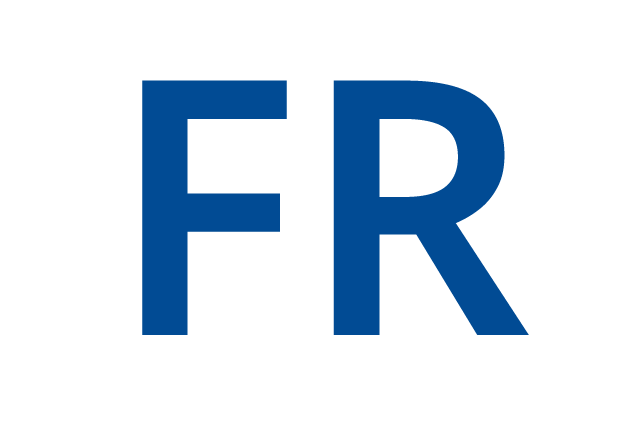
| Personal data | Research themes | Ongoing teaching | Publications |
ARAKELIAN Annie



Units
Laboratory of Anatomy, Biomechanics and Organogenesis
The Laboratoires d'Anatomie, Biomécanique et Organogenèse (LABO, Faculty of Medicine) and d'Anatomie Fonctionnelle (LAF, Faculty of Human Motor Sciences) form a research group dedicated to human and animal anatomy, biomechanics and embryology. LABO/LAF's research is organized around complementary themes: biomechanics, modeling and functional assessment macroscopic and microscopic anatomy embryology and teratology forensic medicine and forensic anthropology HOX genes and ovarian function Neurobiomechanics Applied physical anthropology in paleoanthropology
Projetcs
The Functional Evaluation Center collects and analyzes biomechanical data for clinical (e.g. objective functional assessments of patients suffering from orthopedic or neurological pathologies) and research purposes. The general research theme is linked to the development of quantified movement analysis (QMA) methods applied to musculoskeletal disorders. Past research has focused on the design and development of 6 ddl articulated mechanical systems (three-dimensional electrogoniometry), the design of new experimental protocols, and the creation of data processing and visualization software; scientific tools which have been integrated into numerous European research projects. Our expertise in theoretical and applied kinematics has enabled us to tackle the development of biomechanical models applied to joint complexes such as the shoulder and foot. A new technique for digitizing anatomical markers by manual palpation has been developed. This has enabled us to study the kinematics of the scapula, the spine, the temporomandibular joint and the foot, considered as a multi-segment complex. The reliability and reproducibility of the new models have been assessed. Studies have enabled us to build reference databases that are used in our clinical assessments, ensuring their quality and relevance. The research tools we have developed have been applied in clinical research to answer the questions of various health practitioners (physicians, surgeons, physiotherapists). The functional examination reports developed are integrated into the hospital's IT system, but are also provided to the patient in PDF format, along with videos enabling doctors to match the results (tables, graphs, conclusions) with these videos (see appendix for an example of a report). The methodologies developed are also used by our young researchers for their own research.

